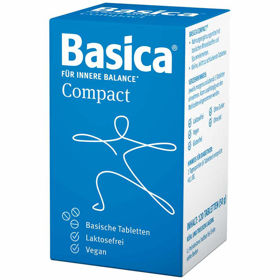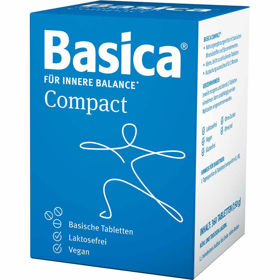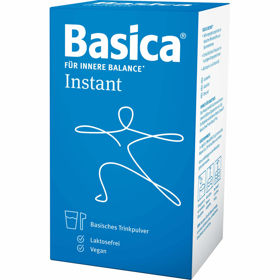Customer question:
What are the signs of gout? Question from an anonymous customer
Pharmacist's answer:
Gout, also known as gout (lat. arthritis urica), is an inflammatory joint disease caused by excessive accumulation of uric acid in the joints. Uric acid, which is usually excreted by the kidneys, crystallizes and deposits in the joints in patients with gout, causing painful inflammation. The disease can occur suddenly and significantly impact quality of life, so recognizing the signs of gout is key to prompt and effective treatment.
Gout most often manifests itself in the form of sudden, severe joint pain, with the following symptoms being characteristic:
- Sudden and severe joint pain
Gout usually affects one joint, most often the big toe (the so-called podagra), but it can also occur in other joints, such as the ankle, knee (very common), wrist, elbow, or even the fingers.
- Attacks often occur at night or early in the morning, when the body temperature is slightly lower, which accelerates the crystallization of uric acid in peaks within 12 to 24 hours and is so intense that even the slightest touch, such as a sheet touching the skin, causes extreme discomfort.
- Without proper treatment, attacks can last for several days or even weeks, and may occur more frequently over time. - Swelling and redness of the joint
- The affected joint becomes significantly swollen due to the body's inflammatory response to the presence of uric acid crystals.
- The skin over the joint becomes red, irritated and may even take on a bluish tint, as blood vessels dilate in an attempt to eliminate inflammation.
- Sensitivity to touch is extremely high, patients often cannot tolerate even light pressure on the joint.
- In severe cases, the swelling can become so pronounced that it limits the movement of the affected part of the body. - Feeling of warmth in the joint
- The affected joint is noticeably warm to the touch, which results from the ongoing inflammatory process.
- The body tries to remove the uric acid crystals by activating the immune system, which leads to localized fever and an inflammatory reaction.
- The feeling of heat can last for several days and is accompanied by intense pain. - Limited joint mobility
- Due to pain, swelling and inflammation, the mobility of the affected joint is greatly reduced.
- Patients often have difficulty performing basic movements, such as walking, lifting objects or bending their fingers.
- In some cases, the joint becomes so stiff that the person avoids any movement, leading to pain and long-term joint problems. - Tophus - accumulated crystal deposits
- In chronic gout, when the level of uric acid in the blood remains high for a long time, tophi begin to form - hard subcutaneous nodules consisting of crystallized uric acid.
Tophi often appear on the fingers, elbows, knees, ankles, and toes. Although initially soft, they harden over time and can cause permanent deformities of the joints and limit their function.
- In more severe cases, the tophus can rupture and release a white, pasty substance containing uric acid crystals. - General symptoms
- Some people experience a fever during a gout attack, which can reach a mild fever.
- A feeling of general exhaustion, fatigue, a nd discomfort is familiar as the body uses a lot of energy to fight the inflammation. Gout attacks can affect sleep, as the pain often becomes more intense at night, preventing restful sleep.
In the case of untreated gout, long-term joint problems such as deformities and chronic pain can occur.
Interesting reading: CORN OR WART
Interesting reading: GENITAL WARTS CREAM













